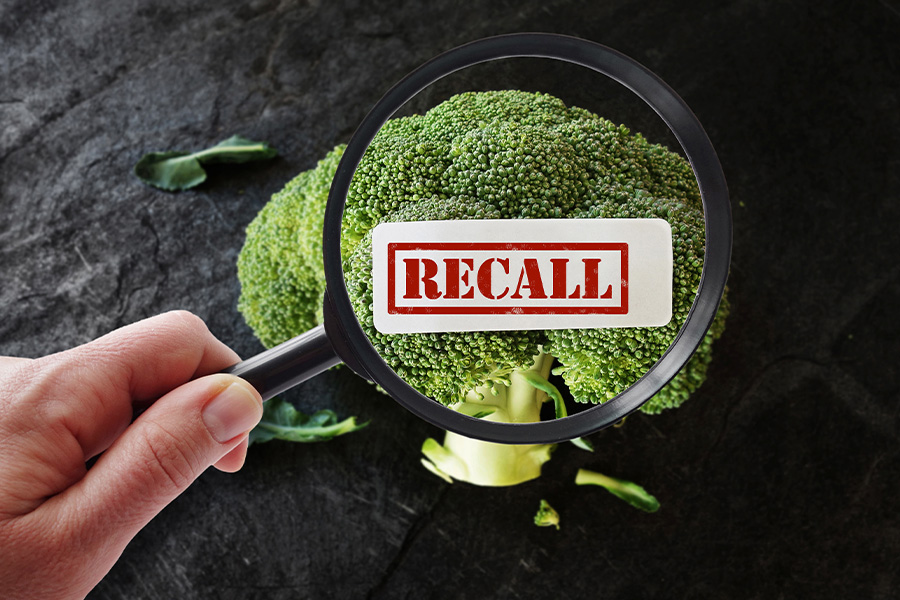-
 This bulletin contains guidelines to determine irrigation scheduling for vegetable production in Georgia. Irrigation scheduling varies with water management and growers may require different technologies to properly manage water application. This information is supplied to help irrigation managers schedule and operate irrigation systems to optimal capacity, applying water precisely to…
This bulletin contains guidelines to determine irrigation scheduling for vegetable production in Georgia. Irrigation scheduling varies with water management and growers may require different technologies to properly manage water application. This information is supplied to help irrigation managers schedule and operate irrigation systems to optimal capacity, applying water precisely to…|
-
 This circular provides concise and accurate information describing mosquito biology and behavior. The publication describes the history of mosquitoes in Georgia and ways to prevent mosquito-borne diseases. Mosquitoes affect a large segment of the public, and mosquito control is most efficiently conducted in an integrated manner. This information will help…
This circular provides concise and accurate information describing mosquito biology and behavior. The publication describes the history of mosquitoes in Georgia and ways to prevent mosquito-borne diseases. Mosquitoes affect a large segment of the public, and mosquito control is most efficiently conducted in an integrated manner. This information will help…|
-
 This circular provides a basic summary of the best management practices of integrated mosquito management. These practices begin with education and communication and progress through surveillance, source reduction, larviciding, and adulticiding. The circular presents guidelines that communities can use to help develop the most effective mosquito management program possible with…
This circular provides a basic summary of the best management practices of integrated mosquito management. These practices begin with education and communication and progress through surveillance, source reduction, larviciding, and adulticiding. The circular presents guidelines that communities can use to help develop the most effective mosquito management program possible with…|
-
 Sod webworms are a serious pest of turfgrass in Georgia. There is limited information available to the green industry and the public about the general biology, ecology, and management of this pest. This publication includes photos of sod webworms, their life cycle, and management options so that landscape industry professionals…
Sod webworms are a serious pest of turfgrass in Georgia. There is limited information available to the green industry and the public about the general biology, ecology, and management of this pest. This publication includes photos of sod webworms, their life cycle, and management options so that landscape industry professionals…|
-
 The Food and Drug Administration (FDA) defines a recall as actions taken by a firm to remove a product from the market. A well-designed recall plan will help to effectively locate the recalled product, remove it from the market, and locate the source of error in the product. It serves…
The Food and Drug Administration (FDA) defines a recall as actions taken by a firm to remove a product from the market. A well-designed recall plan will help to effectively locate the recalled product, remove it from the market, and locate the source of error in the product. It serves…|
-
 Damage to perennial woody trees and shrubs caused by hurricanes or high wind events is often not initially apparent. In some cases, it can take months or even years to manifest, despite plants looking relatively healthy after initial inspection by growers and insurance adjustors. This publication describes common damage seen…
Damage to perennial woody trees and shrubs caused by hurricanes or high wind events is often not initially apparent. In some cases, it can take months or even years to manifest, despite plants looking relatively healthy after initial inspection by growers and insurance adjustors. This publication describes common damage seen…|
-
 Properly maintaining, calibrating, and adjusting a seed drill before planting is an important part of ensuring the successful establishment of forage or cover crops. Seed may be placed at a depth that is too deep or too shallow if the equipment is not properly prepared and set. Too much or…
Properly maintaining, calibrating, and adjusting a seed drill before planting is an important part of ensuring the successful establishment of forage or cover crops. Seed may be placed at a depth that is too deep or too shallow if the equipment is not properly prepared and set. Too much or…|
-
 Shoot thinning is the first seasonal canopy management practice in wine grape vineyards, but shoot thinning is not implemented in muscadine vineyards. Failure to shoot thin results in a highly congested canopy characterized by reduced air flow, high humidity, and extended damp periods. Muscadines can generally tolerate such conditions without…
Shoot thinning is the first seasonal canopy management practice in wine grape vineyards, but shoot thinning is not implemented in muscadine vineyards. Failure to shoot thin results in a highly congested canopy characterized by reduced air flow, high humidity, and extended damp periods. Muscadines can generally tolerate such conditions without…|